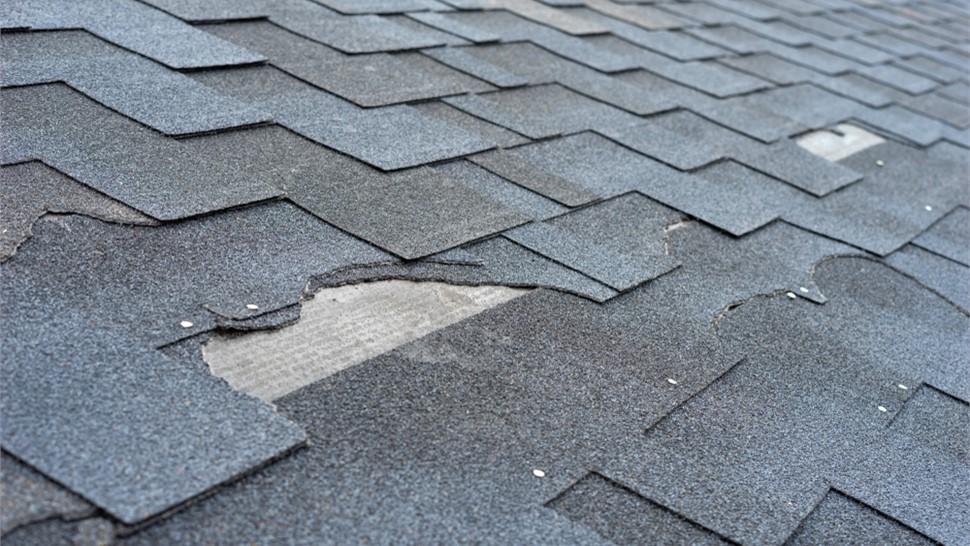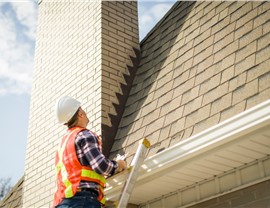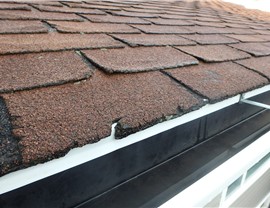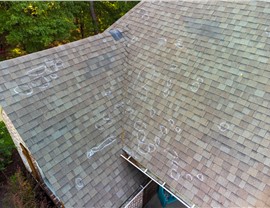When a storm rolls through Gillette, Wyoming, having a solid plan can make all the difference, especially when it comes to your roof. At Built Right Roofing in Gillette, we take storm damage seriously. From thorough inspections to quick repairs, we make sure your home is ready to take on whatever Mother Nature throws your way.
Putting a Stop to Storm Damage
Storm damage can be sneaky, not always as obvious as a tree on your roof. Missing shingles, dents, or even slightly compromised shingles can create openings for water to harm your roof’s underlying layers.
At Built Right Roofing in Gillette, our experts can spot even the most hidden signs of storm damage. We work closely with you, providing a comprehensive inspection report that can be used for your insurance claim. Rest assured, we’ll restore your roof quickly because we understand the urgency.
Spotting 7 Common Signs of Storm Damage
When a storm sweeps through your neighborhood, your roof stands as the first line of defense against the elements. Whether it’s a thunderstorm, hailstorm, or hurricane, your roof takes the brunt of it, so it’s crucial to be vigilant in spotting signs of storm damage. Ignoring these issues can lead to more significant problems down the road. In this blog post, we’ll discuss some common indicators of storm damage to your Gillette roof and why addressing them promptly is essential.
1) Missing or Compromised Shingles:
One of the most noticeable signs of storm damage is missing or compromised shingles. Strong winds and heavy rains can dislodge or damage shingles, leaving your roof vulnerable to leaks and water damage. Keep an eye out for shingles that are curling, cracked, or completely gone. If you see any of these problems, it’s crucial to replace or repair them promptly to prevent further damage.
2) Water Stains on Ceilings:
Water stains on your ceilings or walls are a clear sign of potential roof damage. After a storm, check your interior for any signs of water seeping in. Even small stains should be taken seriously, as they may indicate more extensive roof damage that’s not immediately visible.
3) Leaks and Dripping:
If you notice water dripping from your ceiling or attic, you likely have a roof leak. Unaddressed leaks can lead to rot, mold growth, and structural issues. Fixing leaks promptly can save you from costly repairs in the future.
4) Loss of Shingle Granules:
Inspect your gutters and downspouts for an excessive buildup of shingle granules. Asphalt shingles often lose granules during storms, which weakens their protective layer. If you find significant granule loss, it’s time to call in a professional for a roof inspection.
5) Dented or Damaged Roof Vents:
Hailstorms can cause significant damage to your roof, including dents and cracks in roof vents and other metal components. Check these parts for visible signs of damage, as they are crucial for maintaining your roof’s structural integrity.
6) Sagging or Uneven Roof Lines:
A noticeable sag in your roof or an uneven roofline could indicate structural damage from heavy snow or water accumulation during a storm. Address this issue promptly to prevent further damage or potential collapse.
7) Loose or Blocked Gutters:
Storms can lead to debris buildup in your gutters, causing clogs that hinder proper drainage. Strong winds can also loosen gutter attachments, affecting their functionality. Regular gutter cleaning and reattaching loose sections are essential to ensure water flows away from your roof.






